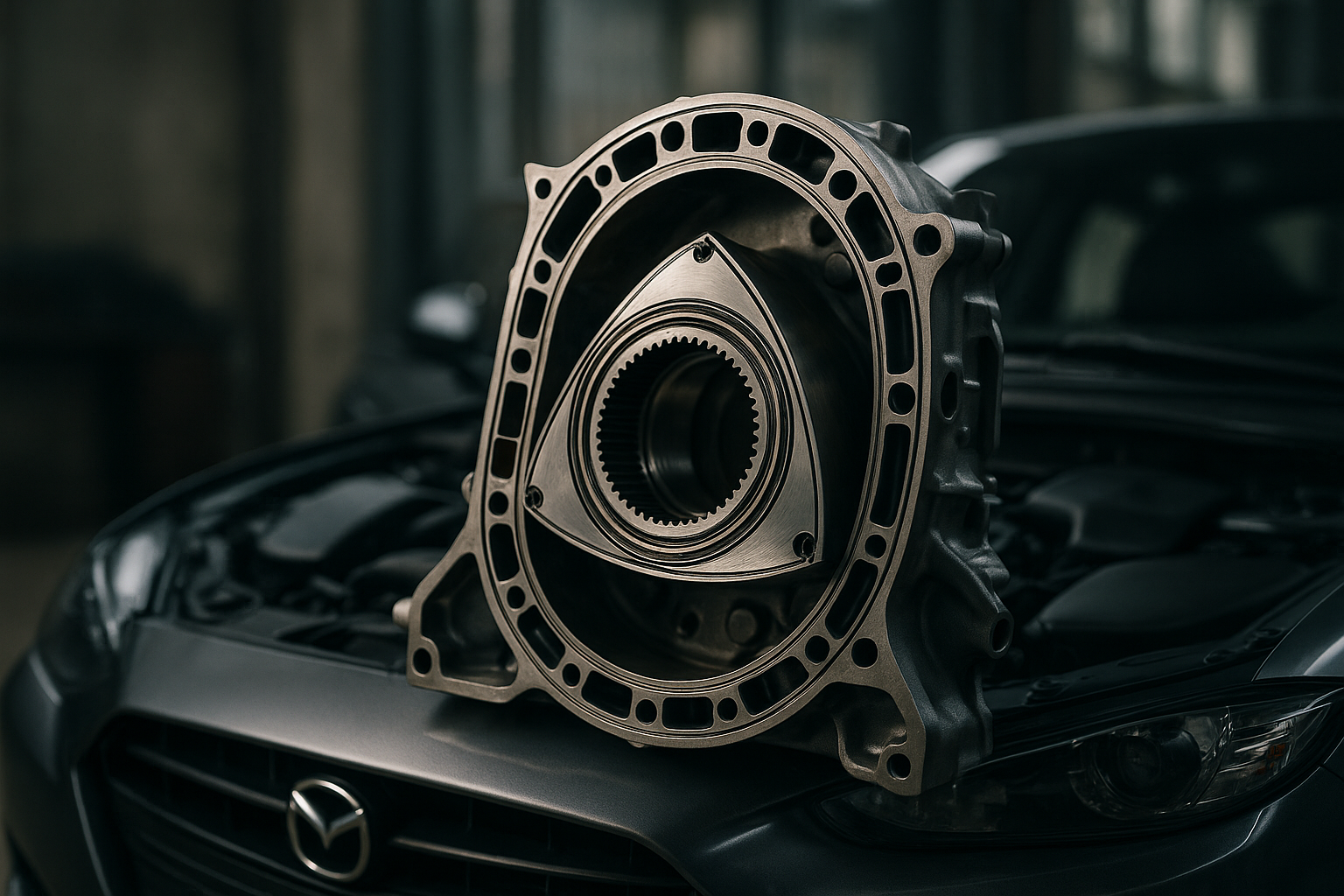Shifting Gears: The Rebirth of the Rotary Engine
Long believed to be a relic of the automotive past, the rotary engine is making a comeback, capturing the attention of car enthusiasts and engineers alike with its unique blend of simplicity, compactness, and high-performance capabilities. But what exactly is driving this resurgence? Let's delve into the fascinating history of the rotary engine and explore its renewed relevance in today's automotive landscape.

A Spin on Tradition: The Origins of the Rotary Engine
The rotary engine, also known as the Wankel engine, was invented by German engineer Felix Wankel in the 1950s. Unlike conventional piston engines, the rotary engine uses a triangular rotor to convert pressure into rotating motion. This unique design allows for fewer moving parts, lighter weight, and a smoother operation compared to traditional engines. Despite these advantages, the rotary engine fell out of favor due to challenges like fuel inefficiency, high emissions, and durability issues.
The Rotary Renaissance: Rekindling Interest in the 21st Century
Fast forward to the present, the rotary engine is experiencing a resurgence. As the automotive world continues to evolve and innovate, engineers are revisiting this underutilized technology, finding new ways to improve and adapt it. A key driver of this newfound interest is the rotary engine’s potential in range extender applications, where a small, lightweight engine is used to generate electricity for battery electric vehicles (BEVs).
The Rotary Engine Reimagined: Powering the Future of Mobility
The potential applications for the rotary engine extend beyond merely serving as a range extender. Its compact size and high power-to-weight ratio make it a viable option for powering drones, small aircraft, and other forms of lightweight, personal mobility. Additionally, with advancements in materials science and combustion technology, some of the traditional drawbacks of the rotary engine, such as poor fuel efficiency and high emissions, can be mitigated.
The Road Ahead: Challenges and Opportunities
Despite the promising potential, the revival of the rotary engine is not without its obstacles. The critical challenges that led to its decline - namely, fuel efficiency, emissions, and durability - remain to be fully addressed. However, with ongoing research and development, coupled with advancements in engine technology and materials, there is hope that these issues can be overcome.
A Journey of Revival
The return of the rotary engine is a testament to the enduring spirit of innovation in the automotive industry. It’s a reminder that even seemingly outdated technologies can find new life and relevance in the ever-evolving landscape of mobility. While the road ahead is filled with challenges, there is a sense of optimism surrounding the rotary engine’s potential. One thing is certain - the story of the rotary engine is far from over, and its journey of revival is just beginning.





